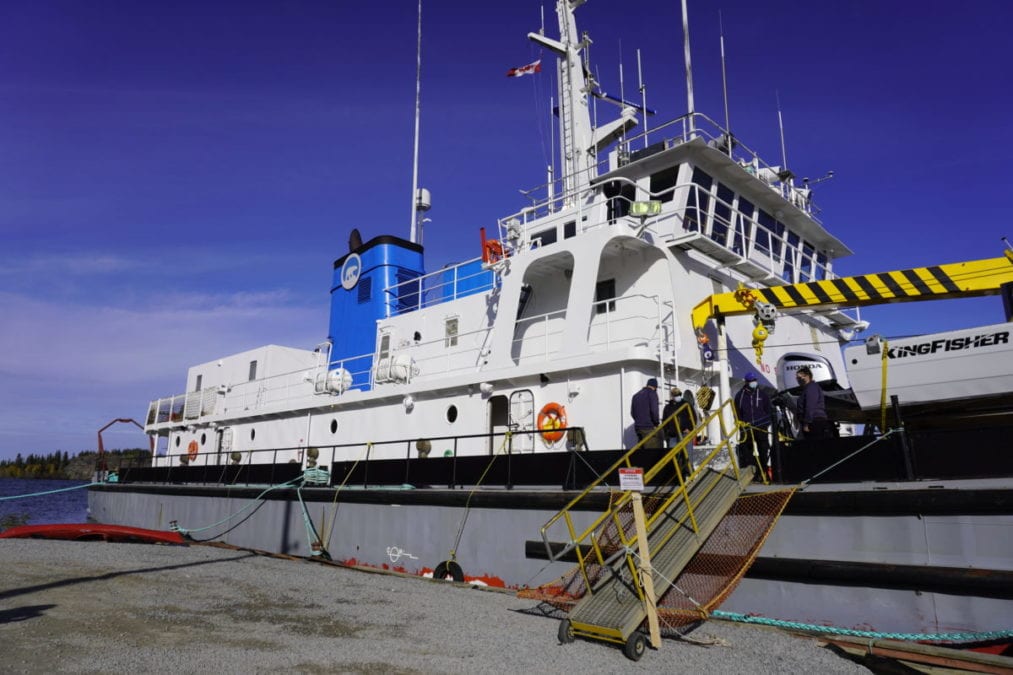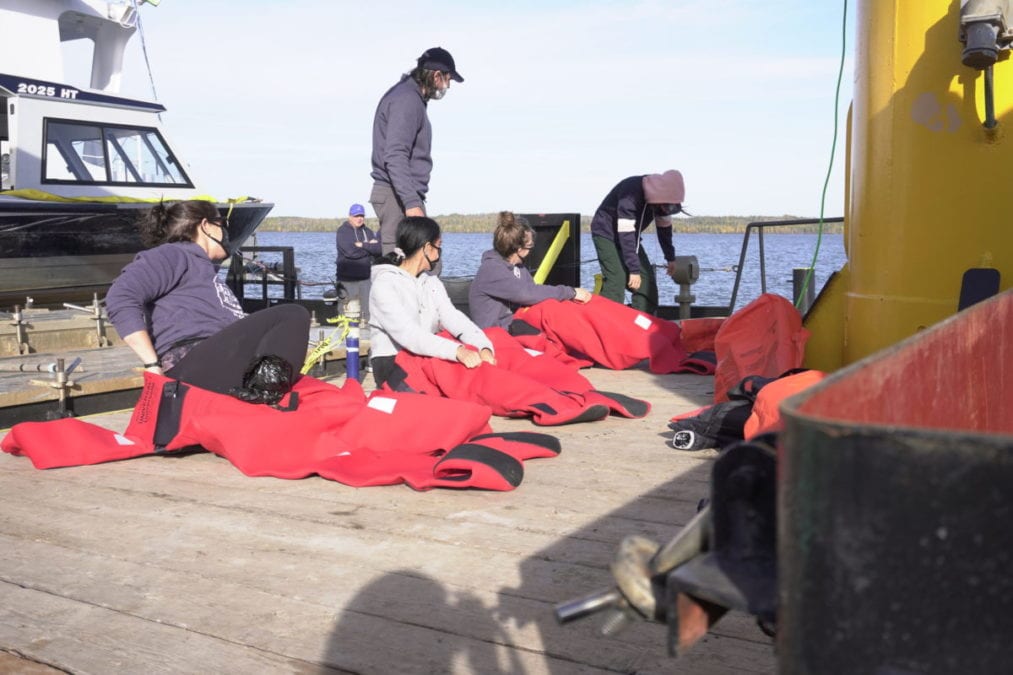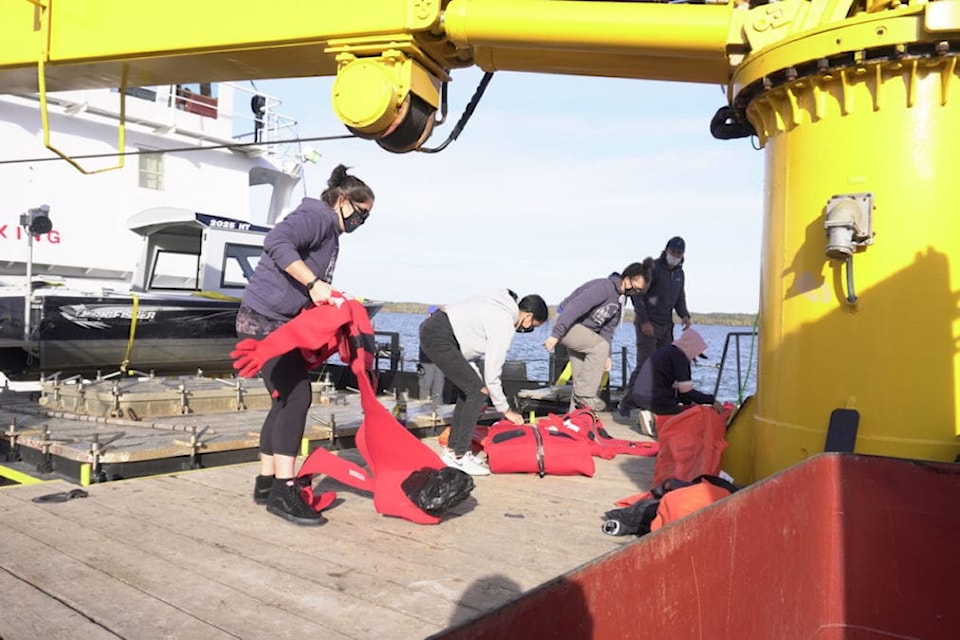Seven high schoolers have set sail to chart the uncharted on a seven day research expedition of Great Slave Lake.
The expedition, a partnership between the Arctic Research Foundation (ARF) and Northern Youth Leadership (NYL), an organization that facilitates experiential learning for young people, is a data-gathering mission with a goal of retrieving a mooring left in Christie Bay during last year’s trip.
The crew left the mooring, a 600-metre chain with an anchor, with attached data collecting instruments so that they will be able to measure lake temperatures, water depths, sediment, and “measure how the lake breathes,” says ARF CEO Adrian Schminowski.
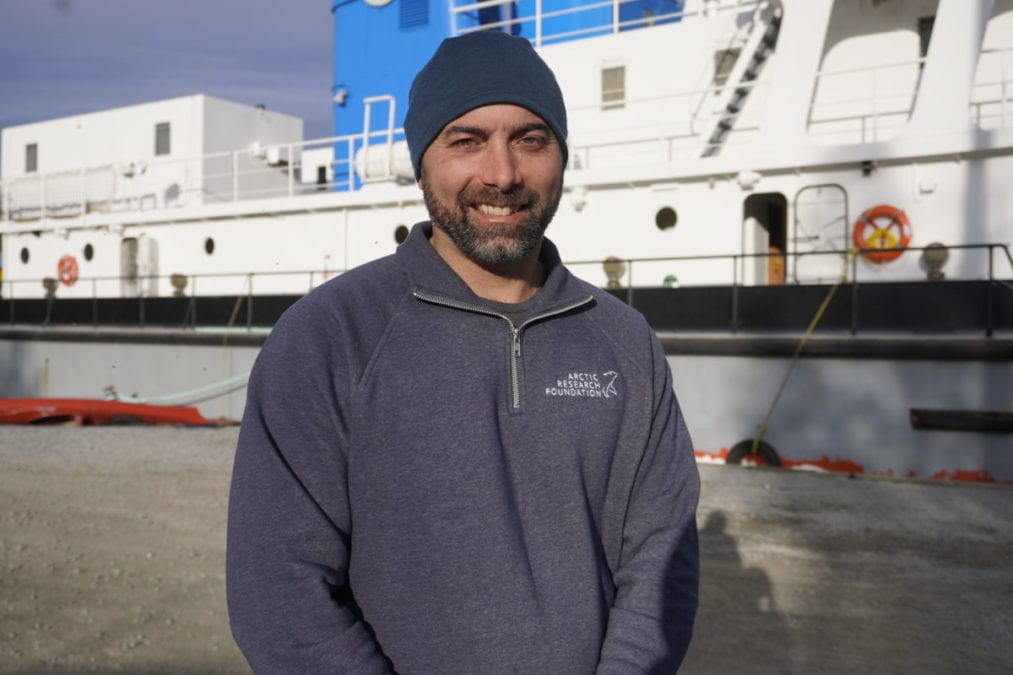
Since the mooring was deployed a year ago, the data will provide information on all seasons. Schminowski says that the information can be used to update current charts of the lake and help make travelling safer, though all possible uses for the new data are yet to be known.
Part of the work, Schminowski says, will be to support Taltson hydroelectricity expansion project, a project focused in connecting the North Slave hydro system with the existing Taltson generating station to increase green energy production and reduce greenhouse gas emissions.
Schminowski says their role is in helping to choose the proper path for the cables to run through, and what kinds of cables will be best suited for the project considering the conditions in the water.
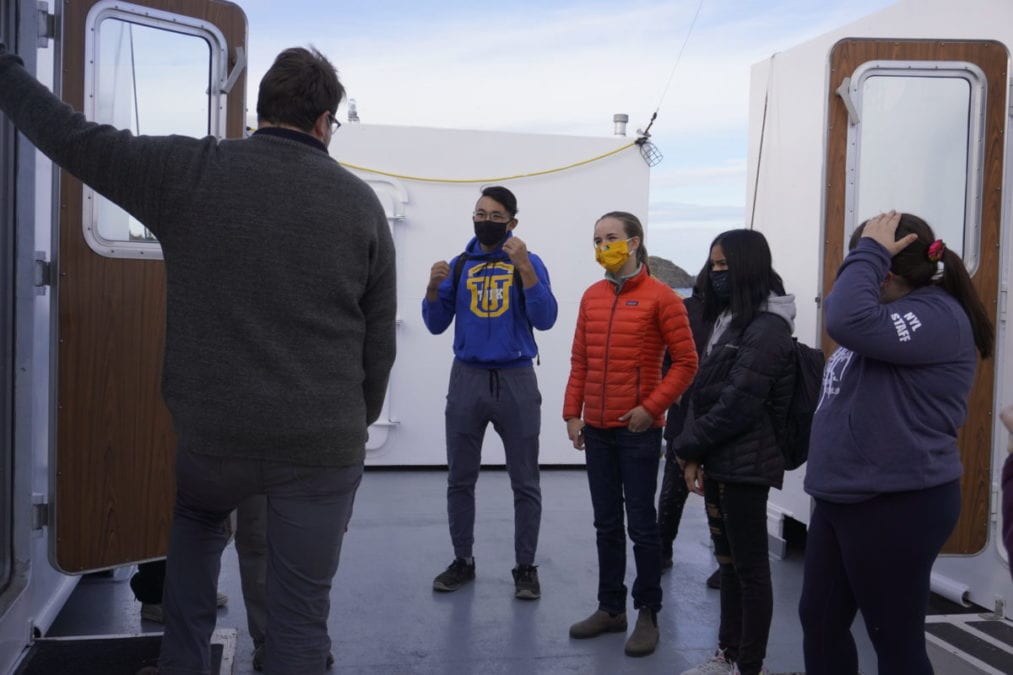
On their partnership with Northern Youth Leadership, Schminowski says that the students will be involved in every operation.
“It’s a sort of job shadowing,” he says. “They’ll help in plotting our course, and talk to engineers and ask questions to whoever they want.”
He says that as much as ARF aims to “inspire and open doors for youth,” as residents of the NWT they understand the local perspective. The crew, while experienced in their field, is from all over the country.
Kira Young, 14, is one of the students aboard the ship.
“I’m really looking forward to seeing what it’s like to be a scientist on a vessel like this one,” she says.
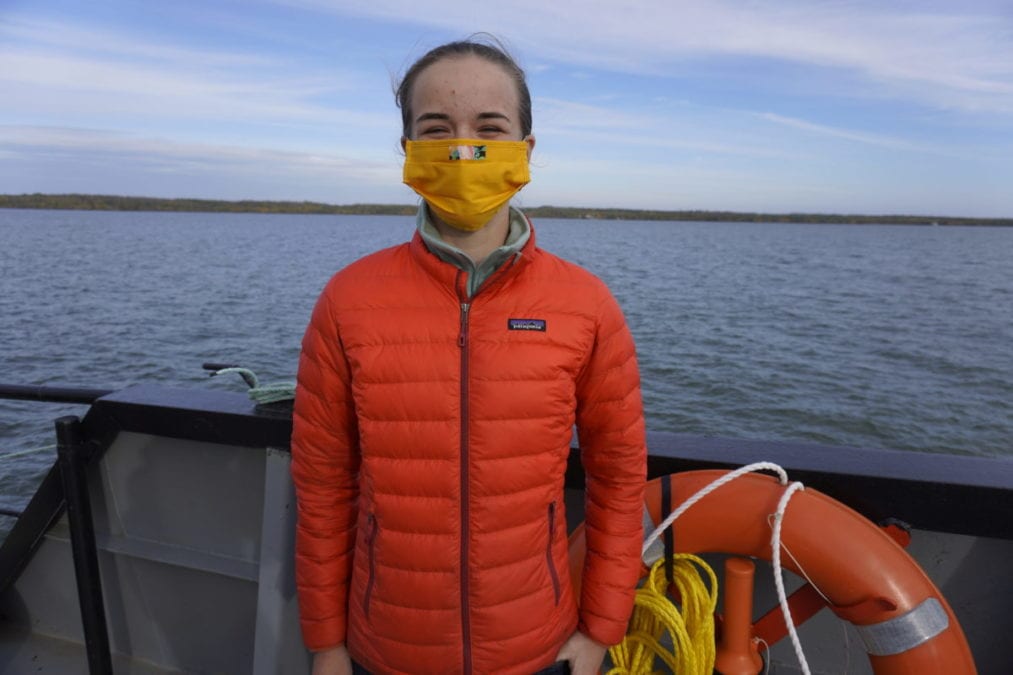
Young says she learned of the program when a friend saw the post on Facebook and passed it along.
“Probably because I’m really into science,” Young says on why her friend thought to share the post.
Young is a student at Sir John Franklin High School. She knows one of the other students aboard but says she’s “excited to be with other kids interested in the same kinds of things.”
Ella Kokelj, an NYL staff member on the expedition, says it is "really important to connect students with Northern opportunities.
“In school, we talk a lot about what we want to do with our lives but a lot of kids, myself included, have no idea what to do after (school).”
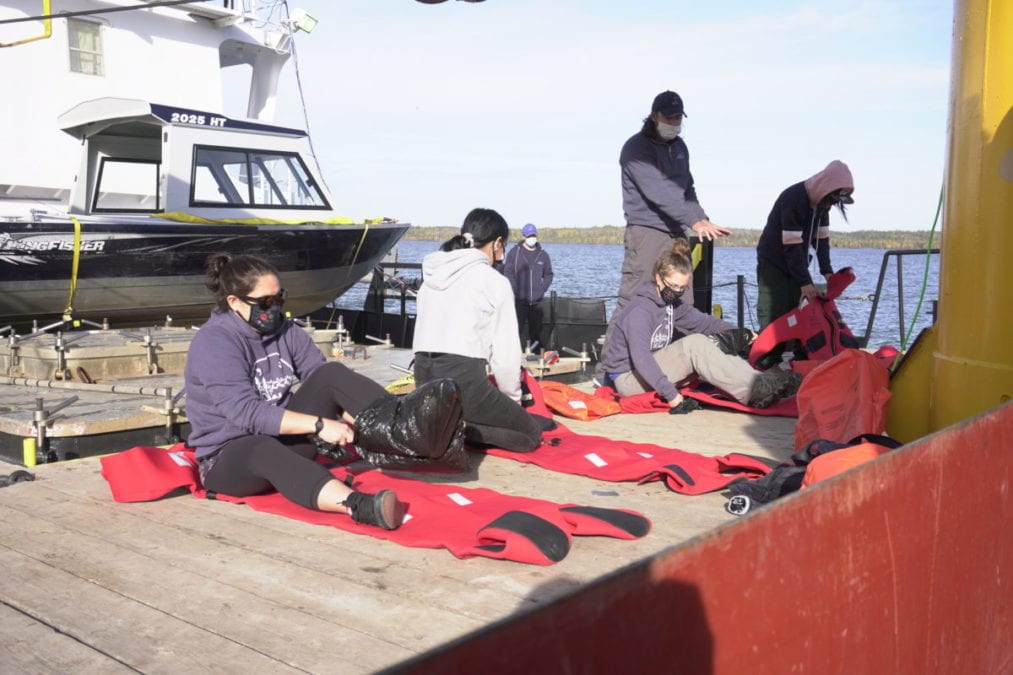
“We often think about science research as something that happens in the south,” she says. “This is an opportunity to connect kids with opportunities in their home and exposing kids to potential Northern opportunities.”
The expedition left from Con Mine Docks on Sept. 19, and will return a week later on Sept. 26.
